History
The Bundesdruckerei Group is synonymous for more than 250 years of German history. The group's origins date as far back as the 18th century. Since 1763, the group has been working on behalf of the state. Find out about the moving times that we have been witness to.
A trip down memory lane
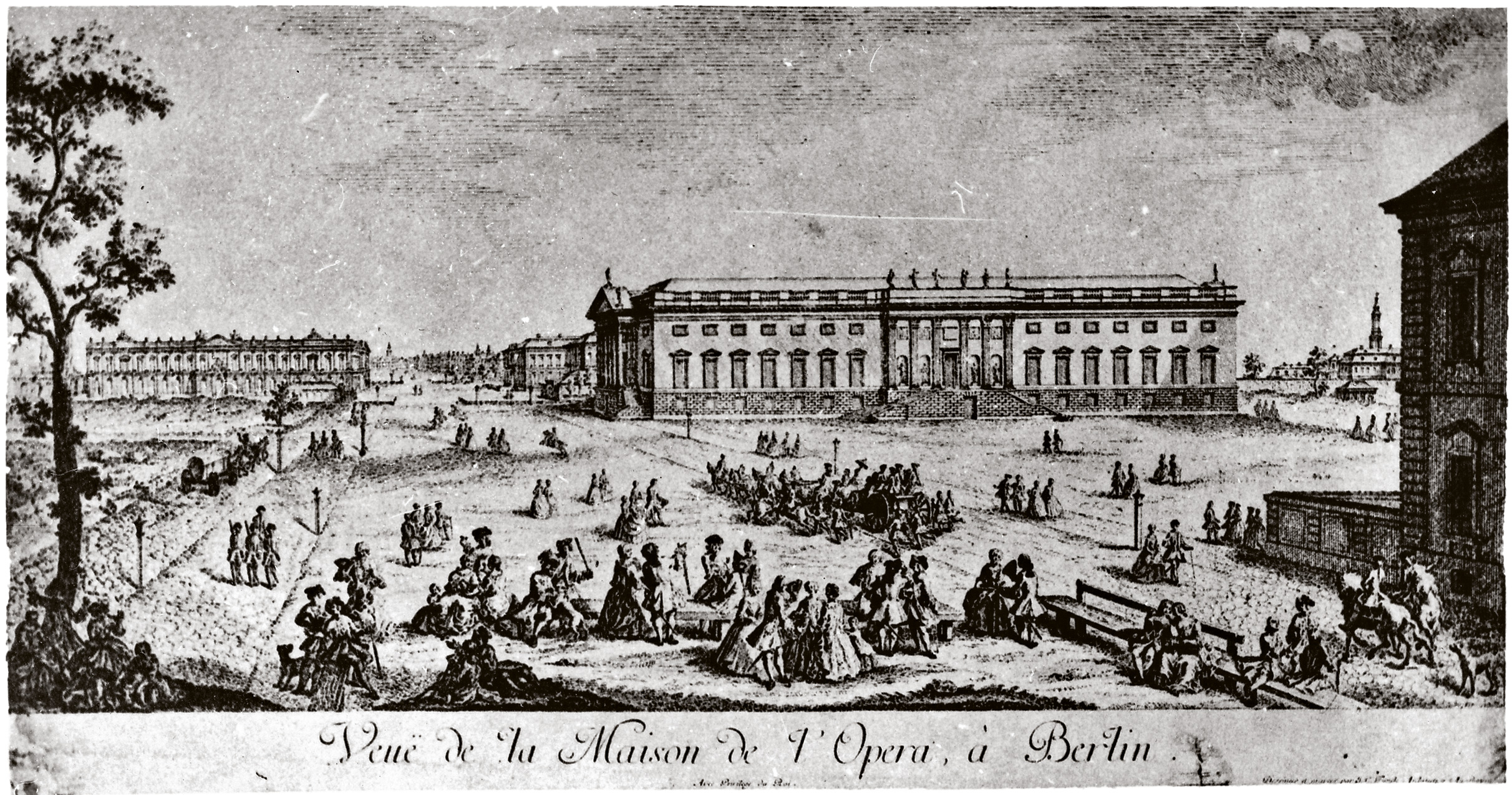
1763 - By order of Frederick the Great
In 1763, Frederick II, King of Prussia, grants Georg Jacob Decker the privilege of performing all printing orders for the court. This marks the birth of the Privy Court Printing Office, the first predecessor company to Bundesdruckerei.
1851 - Printing banknotes for the state
In 1851, the Royal Prussian State Printing Office is founded in Berlin as the first state-owned printing house. Its prime task is to print banknotes, securities and postage stamps.

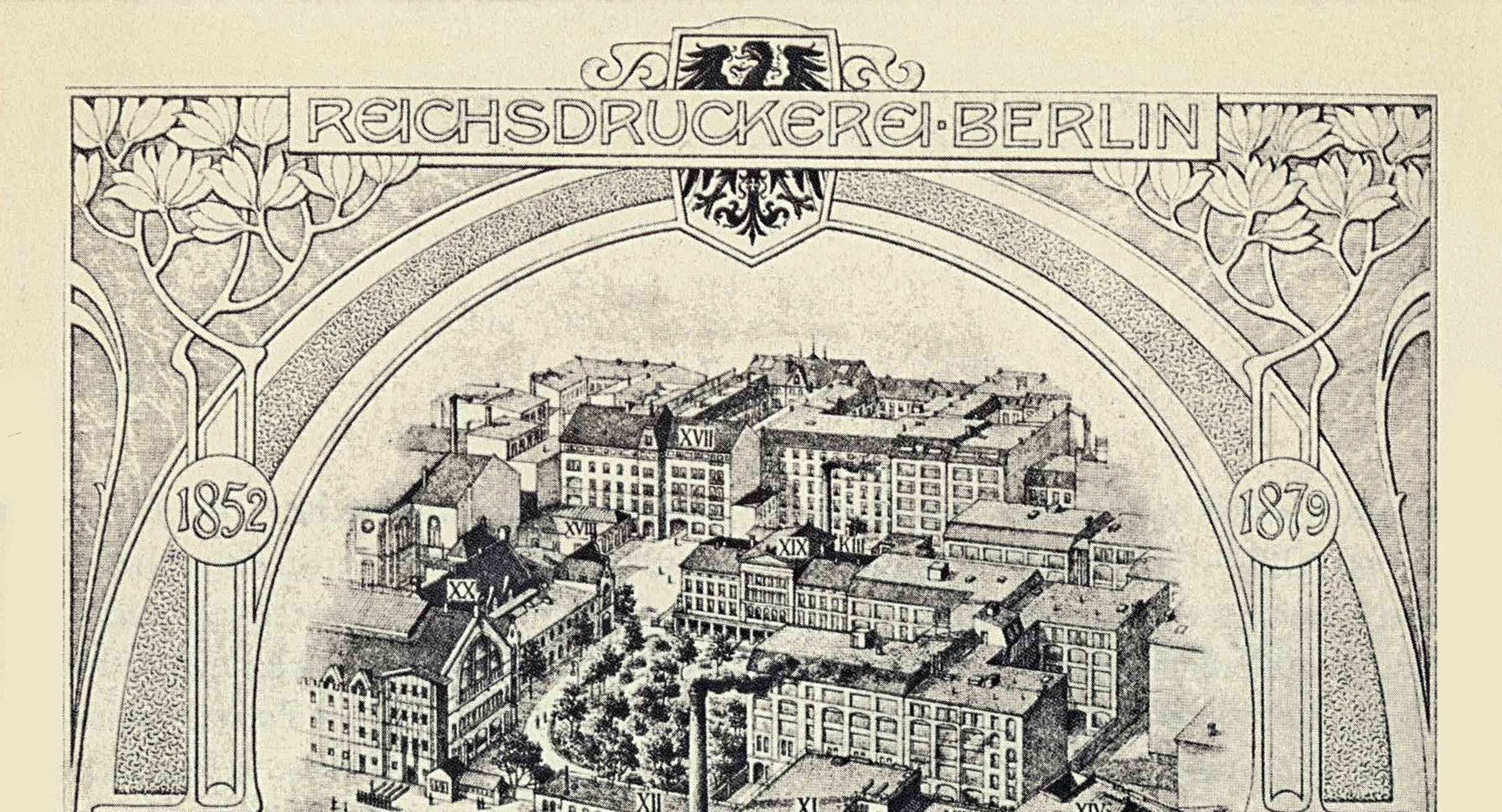
1879 - Reichsdruckerei
In 1879, the Privy Court Printing Office and the Royal Prussian State Printing Office are merged to form Reichsdruckerei. The idea: secure and central execution of all government orders.
1883 - Production in the German Empire
Reichsdruckerei flourishes and supplies printed products of the highest quality. The 100-Mark banknote, affectionately referred to as the 'long hundred' or the 'blue note', displays delicate motifs and a host of security features.


1914 - Inflation and Hyperinflation
Inflation begins with World War I and peaks in 1923: Reichsdruckerei produces new banknotes and prints vast quantities of money and postage stamps at incredible speed and with a staff of 12,000.
1933 - Forcible co-ordination
During the 'Third Reich', Reichsdruckerei is forced politically into line. The NS rulers were determined to shape politics, society and culture entirely according to their own raison d’etat and to eliminate any contradictory ideas. Director Franz Helmberger, a Social Democrat, is dismissed.


1938 - Identity Cards
During the Nazi era, Reichsdruckerei prints identity cards, for instance, which are introduced as domestic ID and which bear a capital J for Jewish people. It also prints concentration camp money for the concentration camp in Oranienburg.
1945 - Destroyed Reichsdruckerei
Allied air raids over Berlin damage Reichsdruckerei which is largely destroyed by 1945. Despite this, the company as State Printing Office already produces the first post-war postage stamps in May.


1948 - Frankfurt Branch Opens
In response to the introduction of the D-Mark, the Soviet Union begins its blockade of West-Berlin. This makes supplies and deliveries for the State Printing Office extremely difficult so that a branch office is opened in Frankfurt am Main.
1951 - Establishment of Bundesdruckerei
After the establishment of the Federal Republic of Germany on 23 May 1949, a decision is made in 1951 to integrate the State Printing Office into the administrative structures of the Federal Republic of Germany. The company now bears the name 'Bundesdruckerei'.


1952 - Branch in Bonn
A new branch begins operations: In order to supply directly to the Federal Government and to be able to quickly produce government products, law gazettes and records of parliamentary meetings, another branch of Bundesdruckerei is opened in Bonn.
1956 - 5-DM Banknotes
Bundesdruckerei receives its first orders for banknotes in 1955. One year later; the first 5-DM banknotes designed by Max Bittrof are issued.


1957 - New Foreign Orders
In 1957, Bundesdruckerei receives the first foreign orders again after the end of World War II. Their number increases significantly in the 1960s: Bundesdruckerei produces postage stamps for Tanzania, for instance, and passports for Peru.
1961 - Wall Built Behind Bundesdruckerei
The Berlin Wall is built. It runs directly behind Bundesdruckerei's exit on Kommandantenstraße. In the space of one night, 81 employees can no longer come to work. The Wall is extended in 1966.


1975 - Tradition in Art Printing
Bundesdruckerei picks up on a tradition from the Kaiser era: Elaborately produced postage stamps and special stamps are just as popular as are the new art print reproductions of copperplate engravings and woodblock prints by old masters.
1987 - New German ID Card
As a consequence of ID card forgeries by the Rote Armee Fraktion (RAF) in the 1970s, a new German ID card is introduced starting 1 April 1987. The document is produced and personalised by Bundesdruckerei for the first time ever from one central location.


1989 - Fall of the Wall and New Orders
After the fall of the Wall on 9 November 1989, Bundesdruckerei's order books fill up quickly: the company, for instance, issues the around 16 million citizens of the former GDR with new ID documents.
1992 - Establishment of UNIQA
Bundesdruckerei lays the first foundation stone for a comprehensive product portfolio and enters the world of smartcard technology. Together with Preussag AG, UNIQA Chipkartensysteme GmbH is founded and takes over ORGA Kartensysteme GmbH just one year later.


1994 - Private-law Company
The German government decides to transform Bundesdruckerei into a company under private law. The federal government is the sole owner.
1997 - Shares in Maurer Electronics
Bundesdruckerei acquires shares in Maurer Electronics GmbH, a specialist in devices for forge-proof personalisation of ID documents. Now a wholly owned subsidiary of Bundesdruckerei, it operates as a technical development company.


1998 - Establishment of D-TRUST
Bundesdruckerei and debis Systemhaus GmbH jointly establish Germany's first ‘Trust Center’: D-TRUST. Once a seller of signature cards, the wholly owned subsidiary is today a trust service provider for public and private customers.
1999 - Subsidiary in Poland
Bundesdruckerei acquires Polish company iNCO Spółka z o. o. based in Gorzów. This wholly-owned subsidiary offers support for products from Bundesdruckerei and D‑Trust GmbH; in addition, iNCO provides digital services, such as scanning, text recognition or data capture.
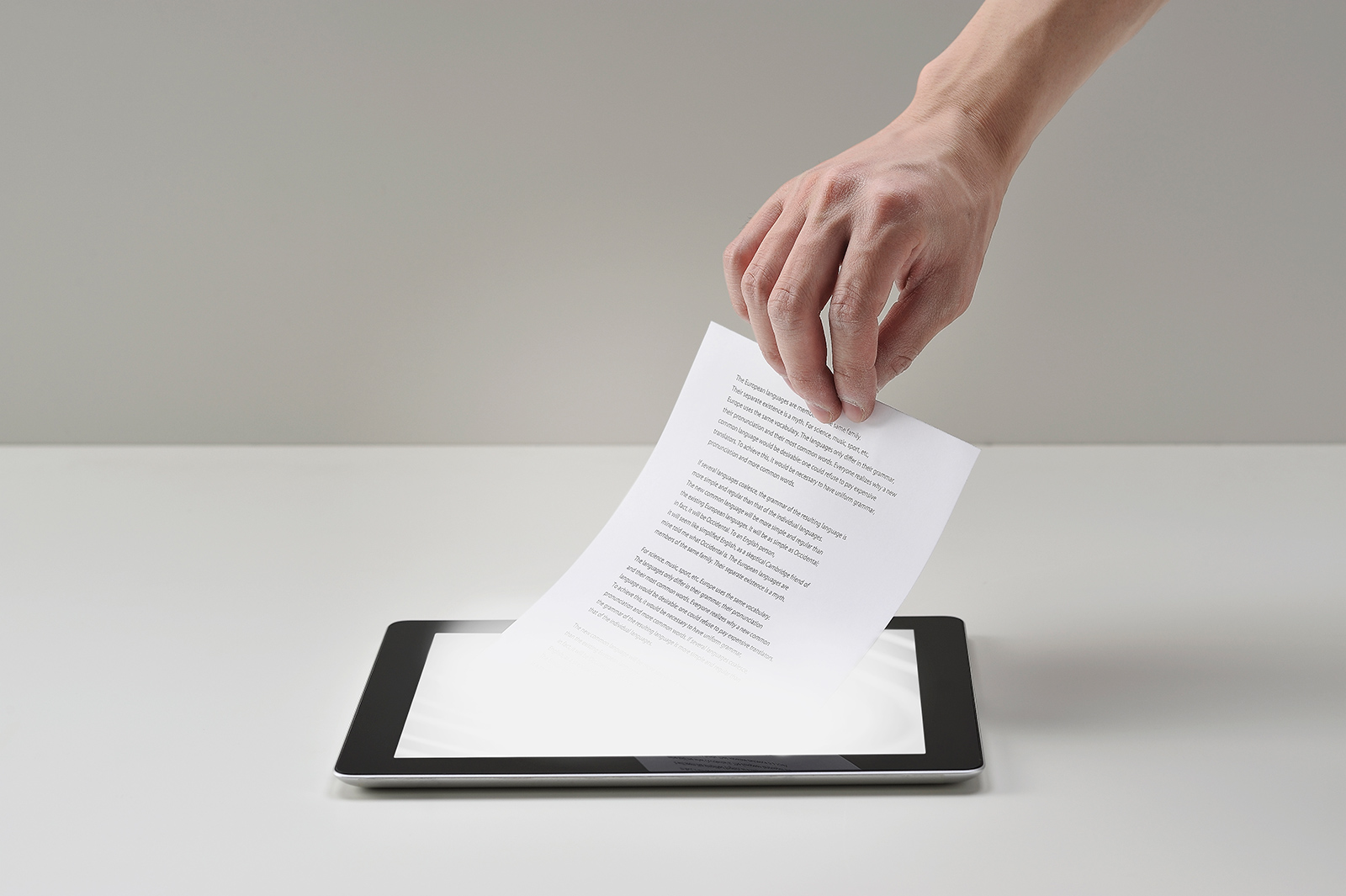

2000 - Privatisation
The Federal Government sells its 100% stake in Bundesdruckerei to the investor group Apax Partners. Newly established authentos GmbH acts as the holding company for Bundesdruckerei and its subsidiaries.
2002 - New Euro Currency
In 1999, Bundesdruckerei is commissioned, along with privately owned printing company Giesecke & Devrient, to print the German share of the planned euro banknotes. On 1 January 1999, the euro is launched as scriptural money and on 1 January 2002 as cash.


2003 - Turbulent Times
Due to the collapse of the telecommunications market, authentos GmbH experiences economic difficulty. Bankruptcy is prevented by the sale to two asset management companies.
2005 - Introduction of the German ePassport
Bundesdruckerei re-positions itself: It aims to become established as a full-service supplier of Secure ID. The introduction of the electronic passport in Germany on 1 November 2005 marks an important milestone.


2007 - Second Generation of the ePassport
The second-generation ePassport includes two fingerprints stored on the chip. In order to protect these fingerprints against misuse, Bundesdruckerei is the first company in the world to implement Extended Access Control (EAC).
2009 - Buyback by the Federal Government
In September 2008, the German Federal Government decides to buy Bundesdruckerei back as a measure to safeguard Germany's security interests. The buyback comes into effect on 8 October 2009.

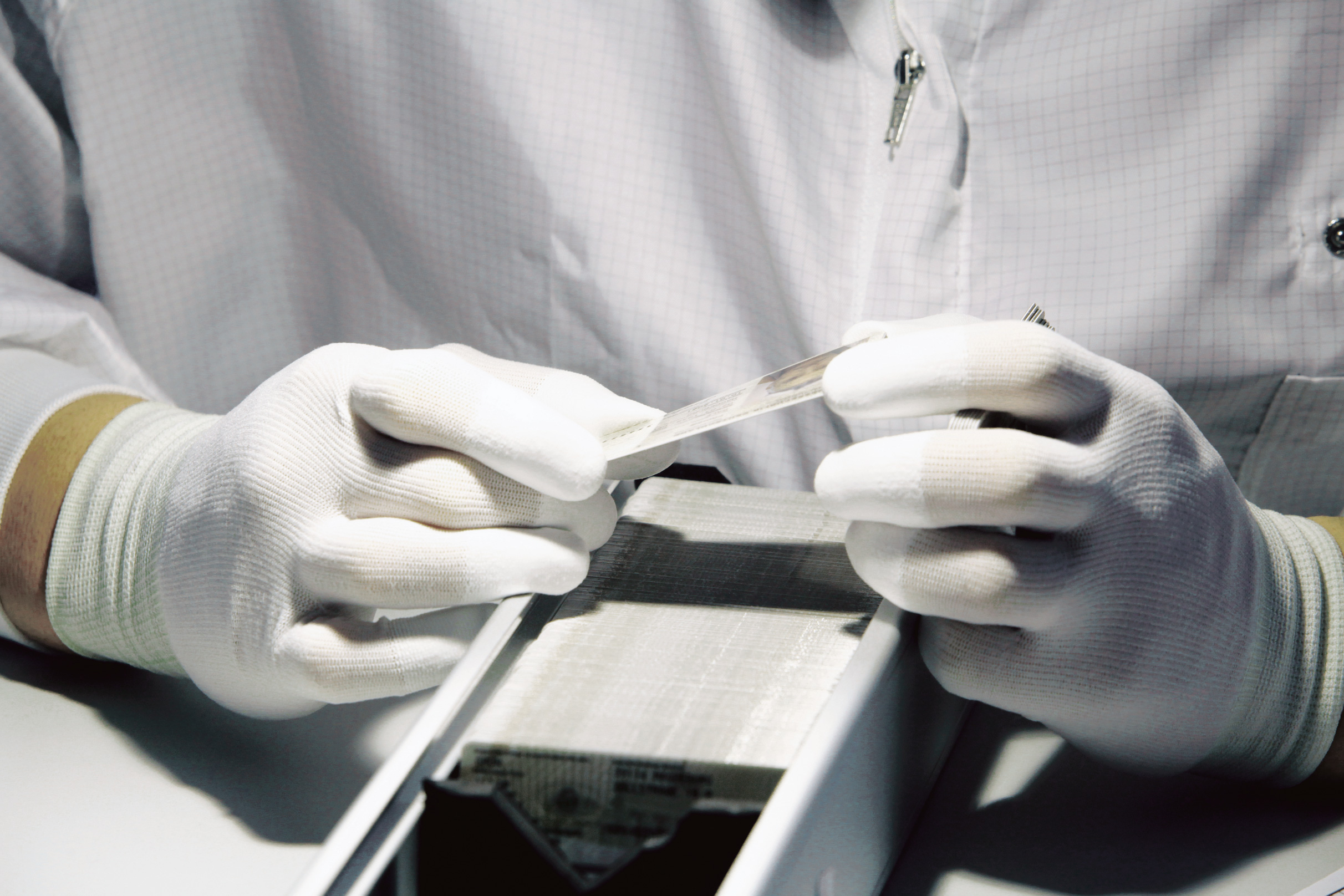
2010 -Electronic ID Card
Starting 1 November 2010, Bundesdruckerei produces the new electronic ID card for Germany. This is the first document which enables holders to identify themselves without doubt in both the analogue and the digital world.
2012 - Strategic Investments
Bundesdruckerei acquires shares in DERMALOG Identification Systems GmbH, one of the leading international biometrics producers. In 2013, the company invests in cryptography specialist cv cryptovision GmbH.

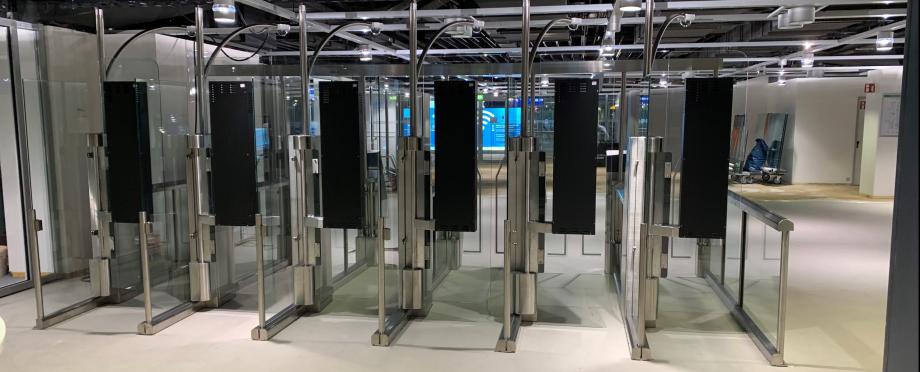
2013 - Automated Border Control
By the end of 2014, Bundesdruckerei and partner secunet Security Networks AG equip Germany's biggest airports with 90 eGates where automated processes are used to check the identity of passengers and the authenticity of their electronic travel documents.
2013 - Expanding expertise in cryptography
Bundesdruckerei acquires a stake in cv cryptovision GmbH, a specialist for highly efficient secure encryption technologies based in Gelsenkirchen. In September, Bundesdruckerei increases its stake, becoming the largest shareholder with 35.1 percent.


2014 - Working the international market together
Bundesdruckerei and Giesecke+Devrient GmbH pool their international business with secure identification solutions, establishing Veridos GmbH as a joint venture. Bundesdruckerei holds 40 percent of this joint venture.
2015 - Share in genua Gmbh
Bundesdruckerei acquires a majority share in IT security specialist genua GmbH which is based in Kirchheim near Munich. genua GmbH provides network security for customers with high IT security requirements. The investment rounds off Bundesdruckerei's portfolio.


2016 - Proof of Arrival for Asylum Seekers
The new proof-of-arrival system is to accelerate the entire range of procedures for asylum seekers, from registration right through to the issuance of proof of arrival. Bundesdruckerei supplies the complete system consisting of registration components, proof-of-arrival documents and the background system.
2020 - Growth in the new Group structure
With its Group structure, Bundesdruckerei sets the course for further growth in its core fields of business, i.e., secure identities, secure data and infrastructures. As the parent company, Bundesdruckerei Gruppe GmbH controls the subsidiaries and manages the shareholdings. The motto of the Group’s common mission is secure digitalization ‘Made in Germany’.

2021 - Secure communications for public authorities
The establishment of Xecuro GmbH strengthens the strategic position of Bundesdruckerei Gruppe GmbH as the Federal Government’s IT security company. This wholly-owned subsidiary, based in Berlin, is to set up and operate a system for secure communications for the public sector.
